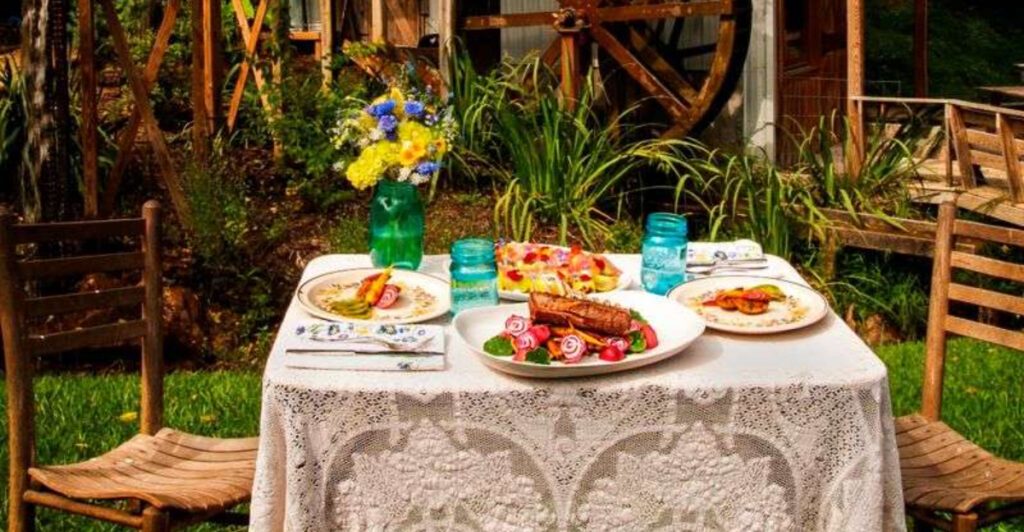Move over, New York and San Francisco! A new generation of American cities is cooking up culinary magic that’s putting them on the foodie map. These unexpected destinations blend local traditions with creative innovation, transforming once-overlooked places into must-visit spots for serious food lovers. From barbecue havens to farm-fresh pioneers, these seven cities prove great food scenes can flourish anywhere.
Cincinnati, Ohio: From Chili Town to Culinary Hotspot
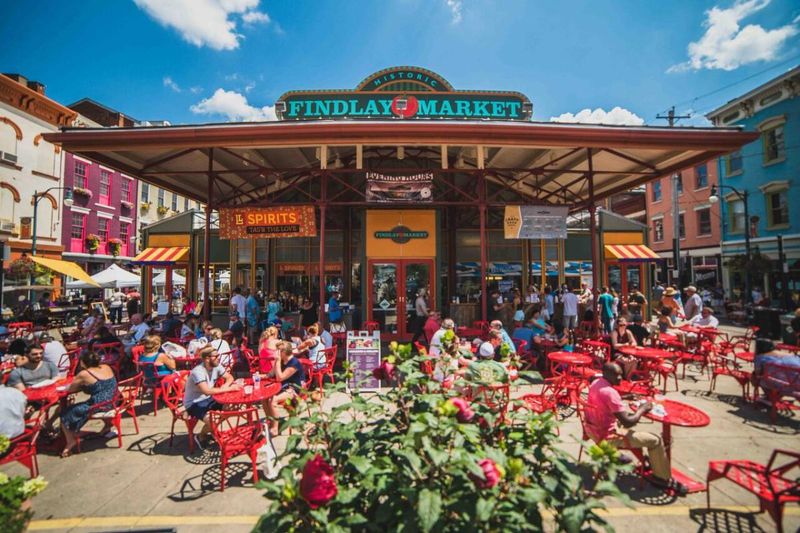
Skyline Chili no longer defines Cincinnati’s food identity. The historic Over-the-Rhine district has transformed into a gastronomic playground where century-old buildings now house chef-driven restaurants and artisanal food halls. Local standouts like Salazar and Please serve up seasonal Midwestern cuisine with global influences, while Findlay Market—Ohio’s oldest continuously operated public market—connects residents with local farmers and food artisans. The city’s German heritage lives on through modern breweries and beer gardens scattered throughout neighborhoods once known primarily for industrial grit. Fun fact: Cincinnati was once nicknamed “Porkopolis” in the 1800s when it was the country’s leading pork-processing center. Today, its diverse food scene embraces everything from Vietnamese to Venezuelan cuisine alongside reinvented regional classics.
Asheville, North Carolina: Mountain Town with Farm-Fresh Philosophy
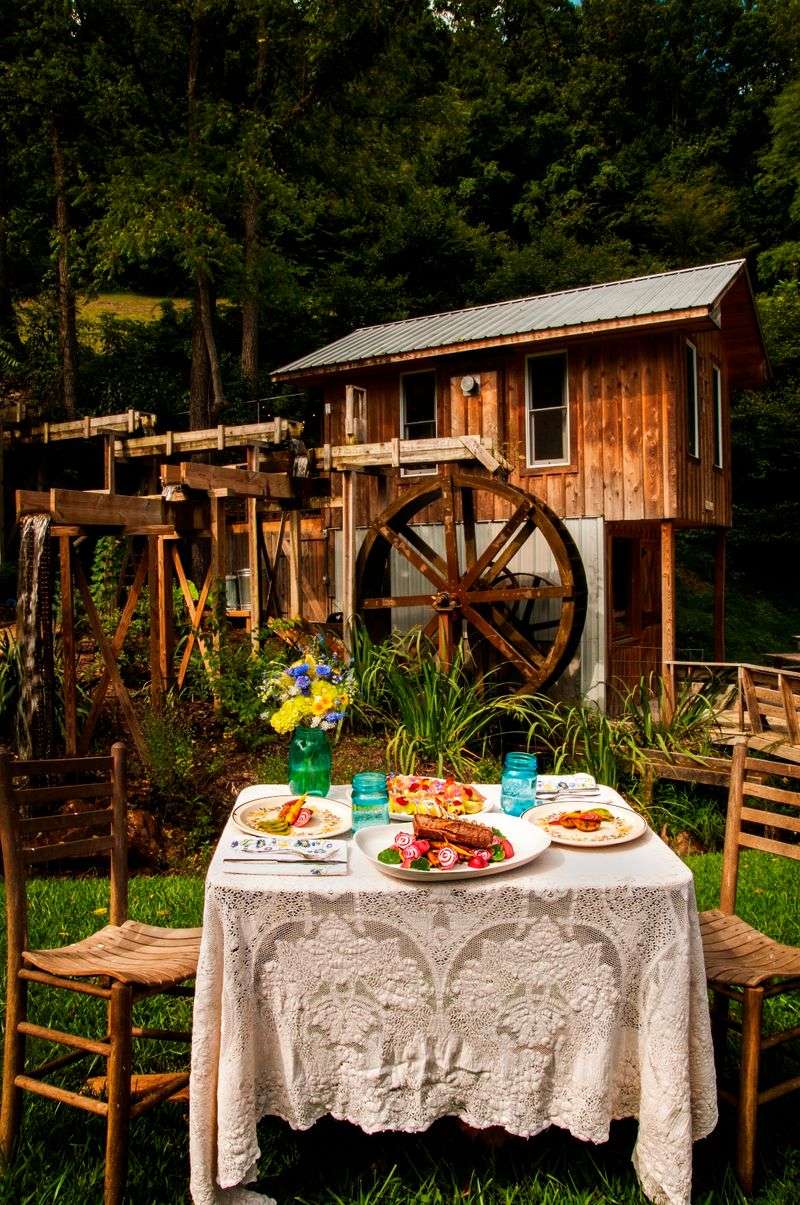
Tucked between the Blue Ridge Mountains, Asheville’s food scene thrives on close relationships between chefs and nearby farmers. This small mountain city punches well above its weight with James Beard nominations and a restaurant-to-resident ratio that rivals major metros. Asheville’s culinary identity goes beyond its renowned craft beer scene (with over 30 breweries in a city of just 94,000). Restaurants like Cúrate bring Spanish tapas made with Appalachian ingredients, while Benne on Eagle honors the African American culinary traditions that shaped Southern cooking. The weekly farmers markets transform into community celebrations where chefs shop alongside home cooks. What makes Asheville special isn’t just the quality of its restaurants but how deeply food connects to the region’s cultural heritage and natural bounty.
Lockhart, Texas: Small Town BBQ Capital with Big Flavor
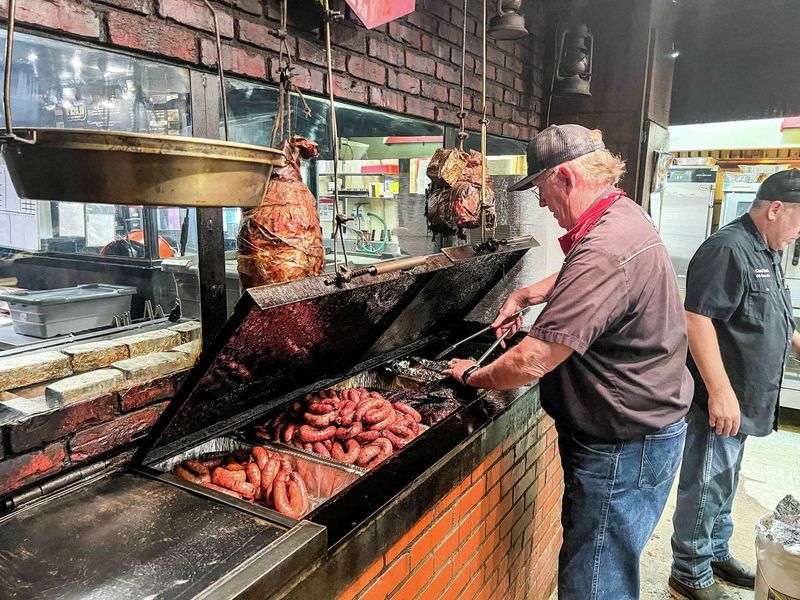
Smoke signals rise from this tiny Texas town of 14,000, where legendary barbecue joints have been perfecting brisket for generations. The courthouse square anchors a food pilgrimage site where visitors line up before dawn at institutions like Kreuz Market, Black’s Barbecue, and Smitty’s Market. Beyond the holy trinity of barbecue temples, Lockhart’s food scene has expanded with newcomers like Commerce Cafe serving elevated comfort food and Little Trouble brewing craft beer with local ingredients. What makes this town special is how barbecue traditions remain unchanged—meat served on butcher paper, no forks allowed—while new culinary voices add fresh dimensions. Just 30 miles from Austin, Lockhart maintains its authentic small-town character while benefiting from proximity to a major food city. The result? A place where century-old smoking techniques meet contemporary culinary creativity.
Portland, Oregon: Craft-Centric Pioneer of Pacific Northwest Cuisine
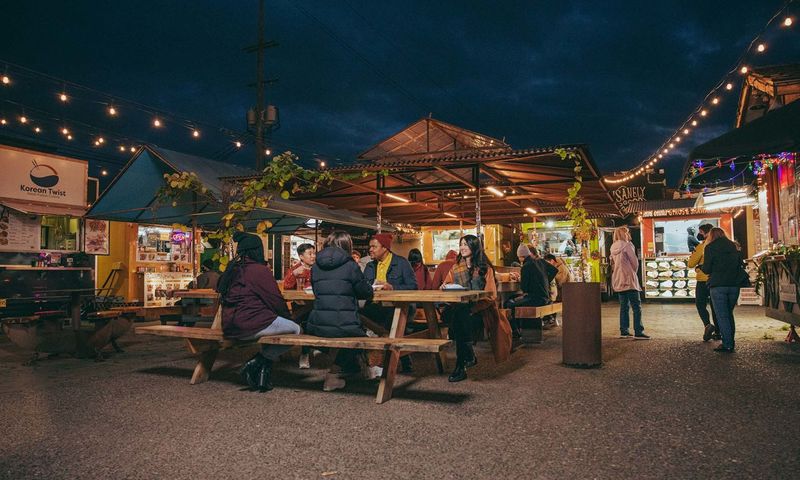
Portland’s food revolution began with food carts and evolved into a full-fledged culinary movement celebrating the bounty of the Pacific Northwest. The city’s unpretentious approach to fine dining—where award-winning chefs serve masterpieces in casual settings—has influenced restaurant culture nationwide. Neighborhoods like Division Street and Alberta Arts District showcase Portland’s diverse food personality. From Han Oak’s Korean-American fusion served in a converted garage to Ava Gene’s vegetable-forward Italian cuisine, Portland excels at blending global techniques with hyperlocal ingredients. The city’s collaborative spirit shines through events like Feast Portland and in shared spaces like Pine Street Market. What began as a quirky food scene has matured into a sophisticated culinary ecosystem where innovation happens without pretension—where a $5 food cart dish can be just as revelatory as a multicourse tasting menu.
Charlotte, North Carolina: Banking City Turned Culinary Contender
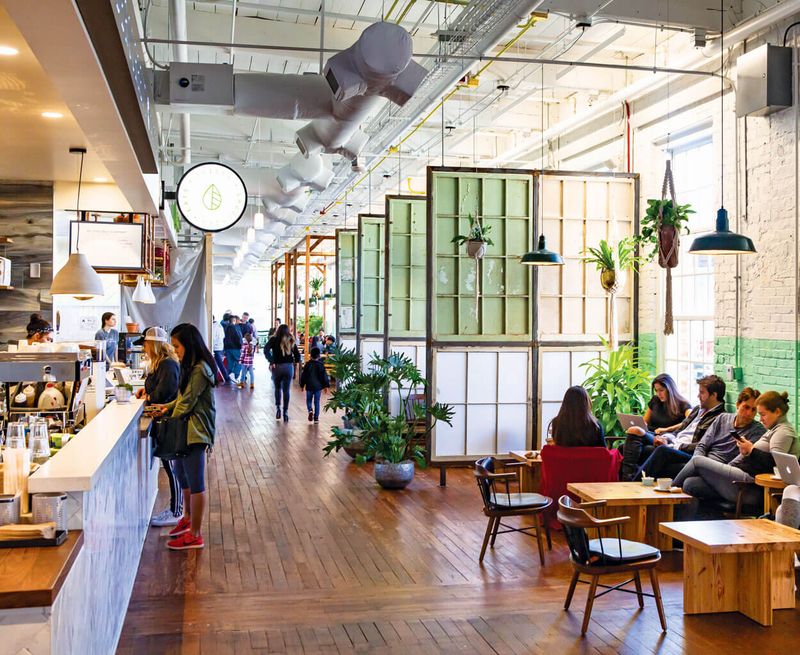
Charlotte’s transformation from banking hub to food destination happened almost overnight. The Optimist Hall food hall symbolizes this evolution—a former textile mill now houses everything from artisanal dumplings to wood-fired pizza under one industrial-chic roof. Neighborhoods like NoDa and South End lead the charge with chef-driven spots like Leah & Louise celebrating Black Southern foodways and Supperland reimagining church potluck classics in a converted mid-century church. Charlotte’s new generation of chefs—many who left for culinary school and returned home—are creating a distinctive food identity that honors Carolina traditions while embracing global influences. The city’s proximity to both mountain and coastal producers gives chefs exceptional ingredients to work with. Unlike established food cities with entrenched traditions, Charlotte’s culinary scene is still defining itself—making it an exciting place to eat right now.
Chicago, Illinois: Midwest Giant with Endless Culinary Innovation
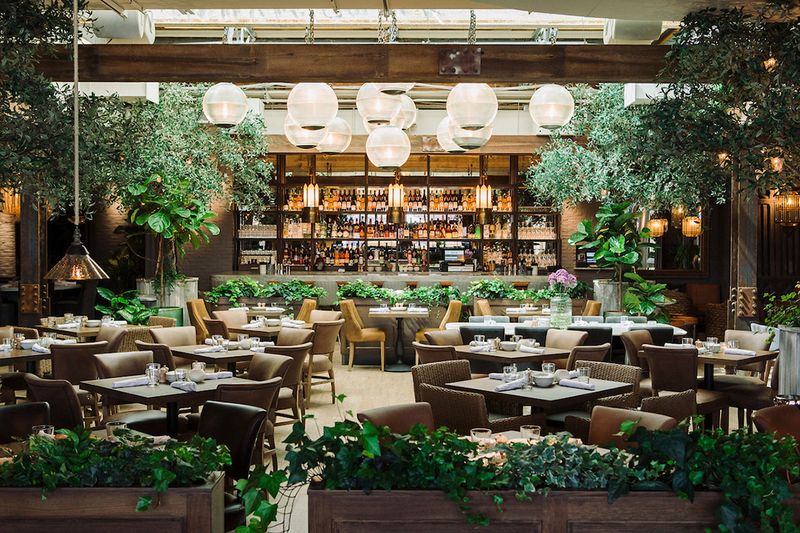
Chicago has long outgrown its reputation as merely a steakhouse and deep-dish pizza town. The city’s diverse neighborhoods host culinary experiences ranging from Michelin-starred tasting menus to homestyle ethnic cooking passed down through generations. West Loop’s Restaurant Row exemplifies Chicago’s evolution, where spots like Girl & the Goat and Avec continue to define contemporary American dining. Meanwhile, neighborhoods like Pilsen and Albany Park showcase the city’s immigrant food heritage with family-run taquerias and Middle Eastern bakeries that rarely make tourist guides but represent the soul of Chicago’s food scene. What sets Chicago apart is how it balances reverence for tradition with cutting-edge innovation. The city embraces both ends of the spectrum—from tavern-style thin crust pizza at neighborhood joints to avant-garde molecular gastronomy. Chicago’s food scene keeps evolving while maintaining the unpretentious Midwestern hospitality that makes dining here so satisfying.
Burlington, Vermont: Sustainable Food Haven on Lake Champlain
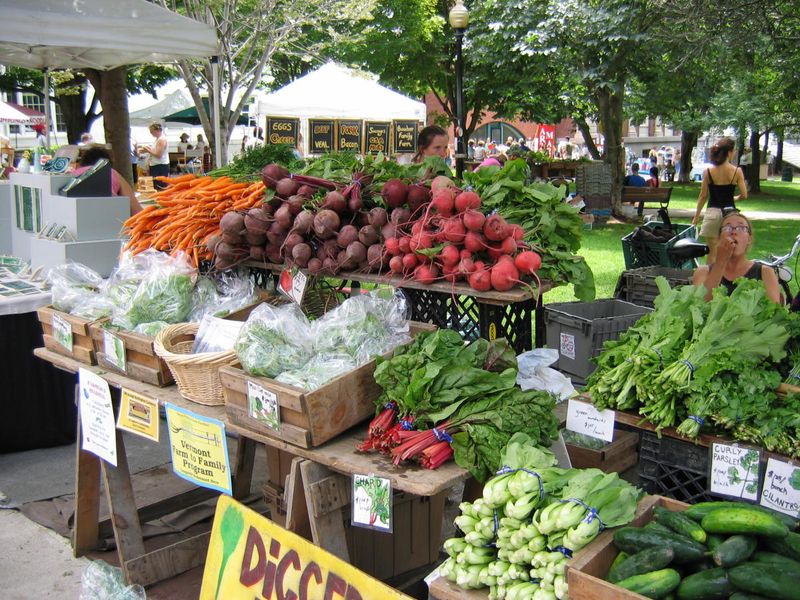
Burlington’s food scene isn’t flashy—and that’s precisely its charm. This lakeside college town prioritizes relationships between farmers, chefs, and diners, creating a food ecosystem where sustainability isn’t a marketing term but a way of life. The city’s compact downtown features spots like Honey Road serving Eastern Mediterranean mezze with Vermont ingredients and Farmhouse Tap & Grill showcasing local beef and produce. Burlington’s food community thrives on collaboration—local cheese producers supply restaurants, spent brewery grains feed local livestock, and community-supported agriculture connects residents directly to farms. The weekly summer farmers market transforms City Hall Park into Vermont’s largest outdoor grocery store. What makes Burlington special is how deeply food connects to place—restaurants don’t just serve meals but tell the story of Vermont’s agricultural heritage and environmental values. It’s a city where knowing your farmer isn’t trendy—it’s expected.

